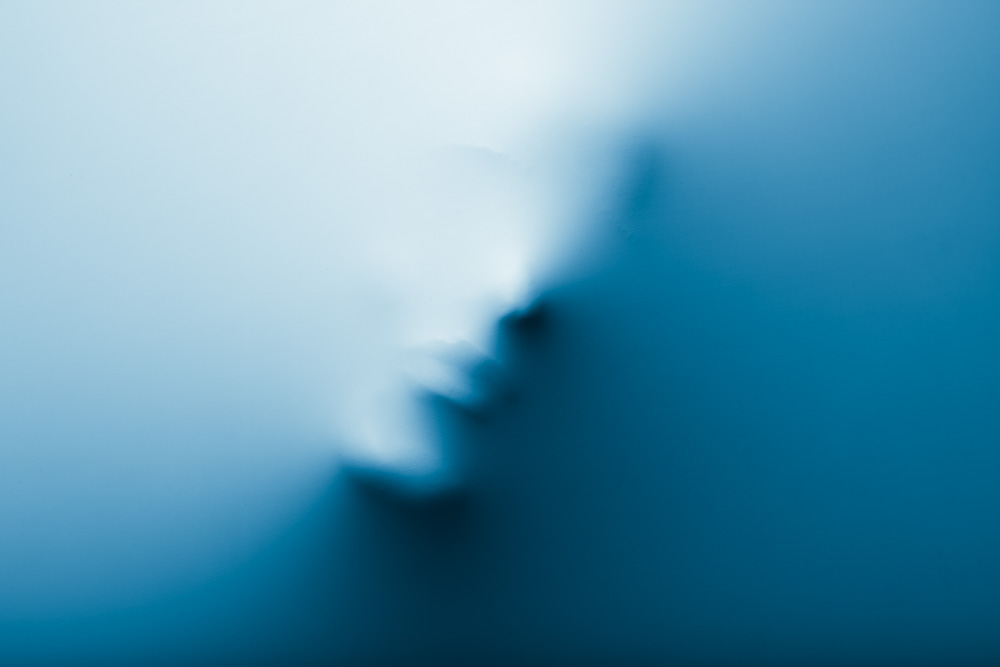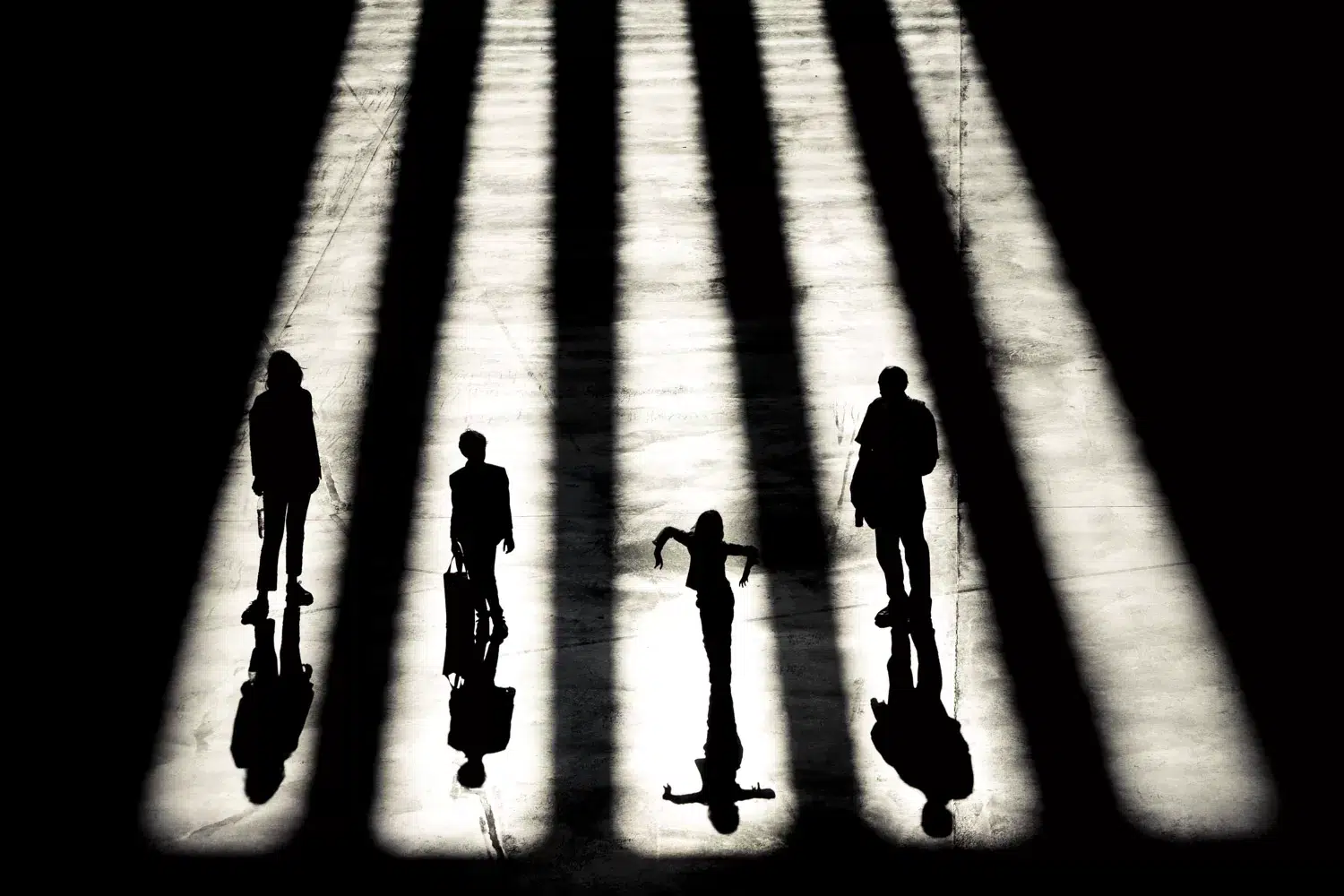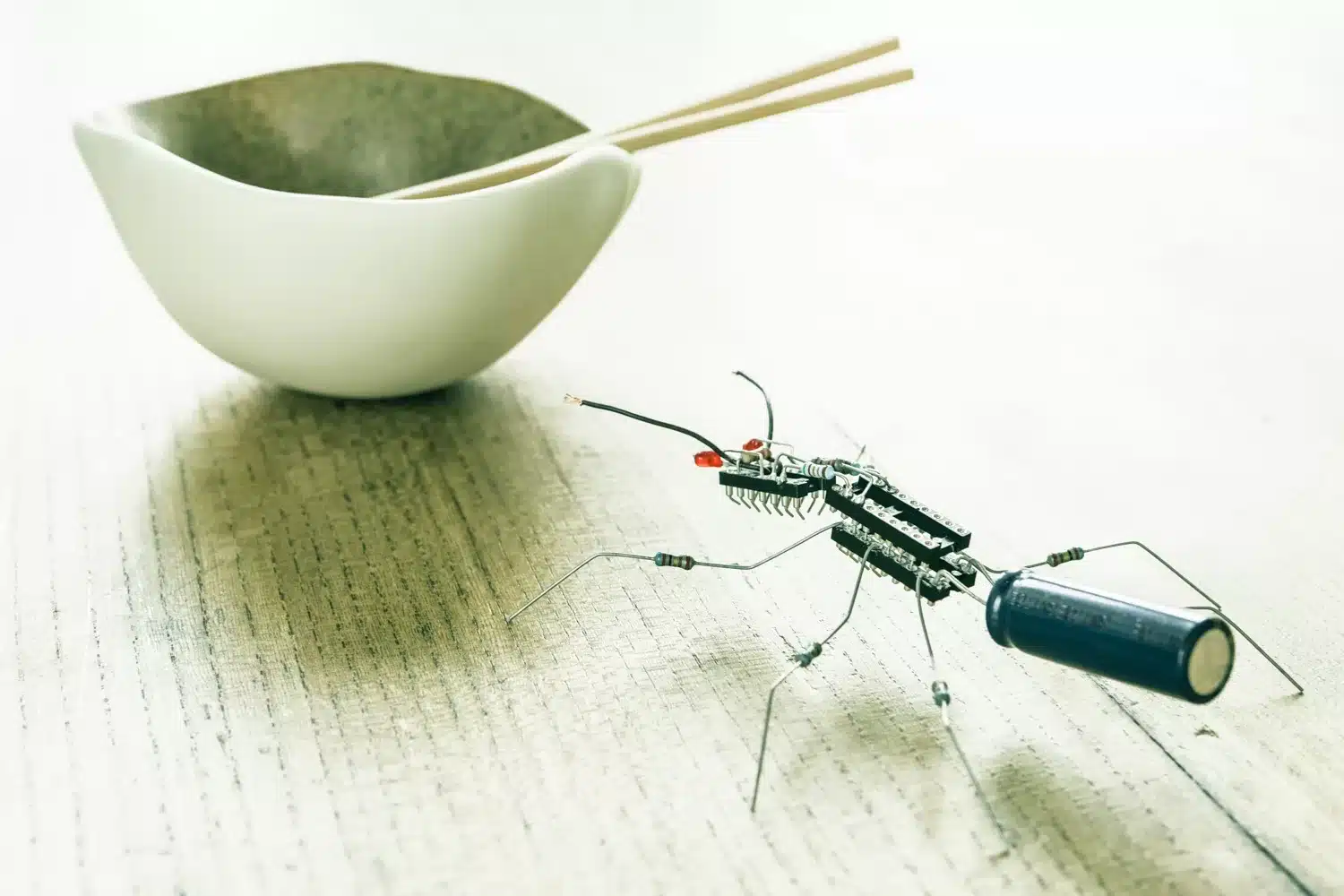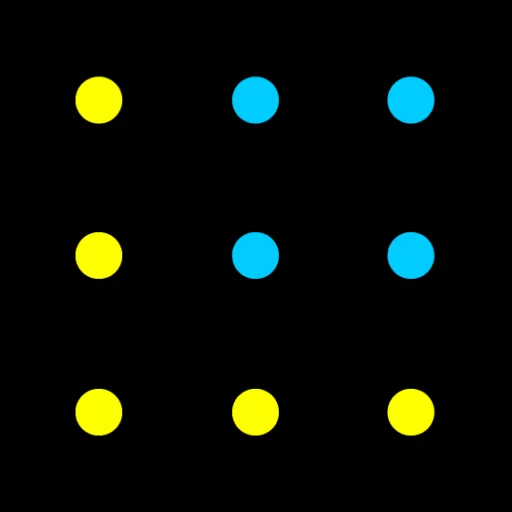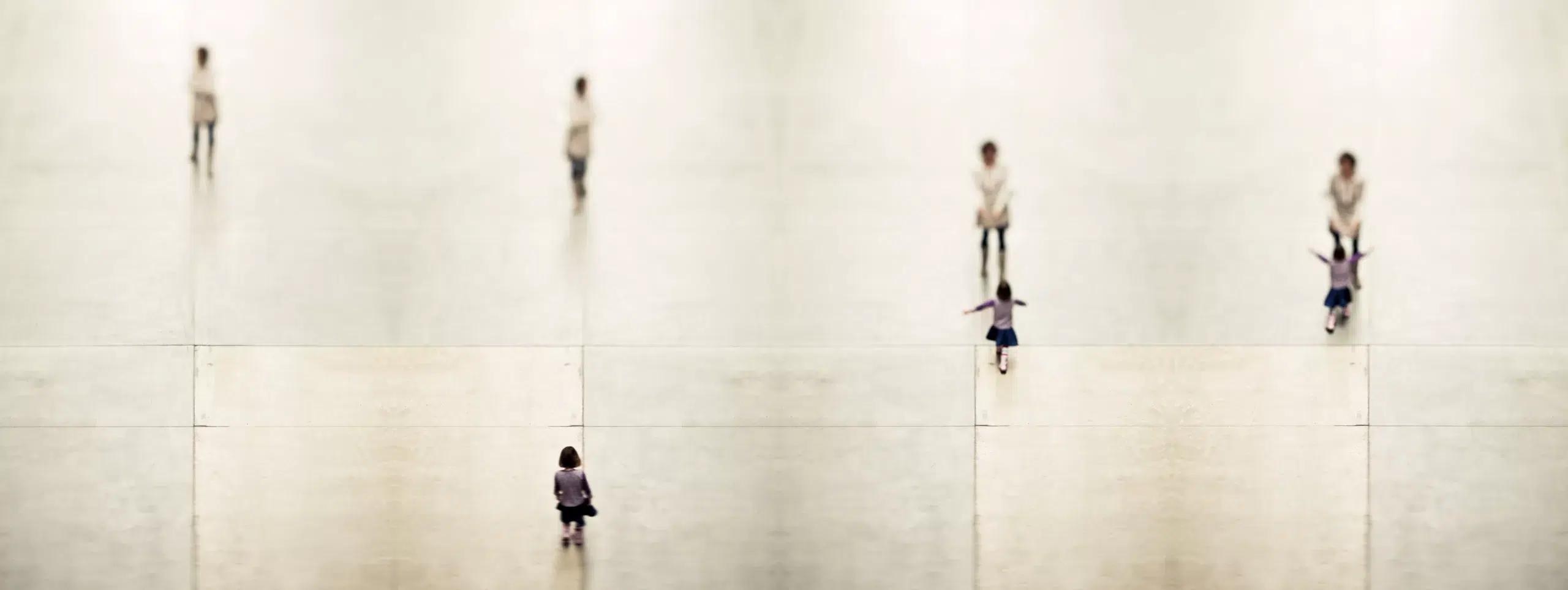
In April 2011, the Tate Modern’s turbine hall became the focal point of an experimental fine art photography project that delves into the interaction between individuals and the solemnity of contemporary art spaces.
This award-winning series, which secured first prize in the Fine Art Collage category at the International Photography Awards, captures more than just motion—it tells a story about the subtle interplay of mood, body language, and the profound impact of architectural spaces on the human psyche.
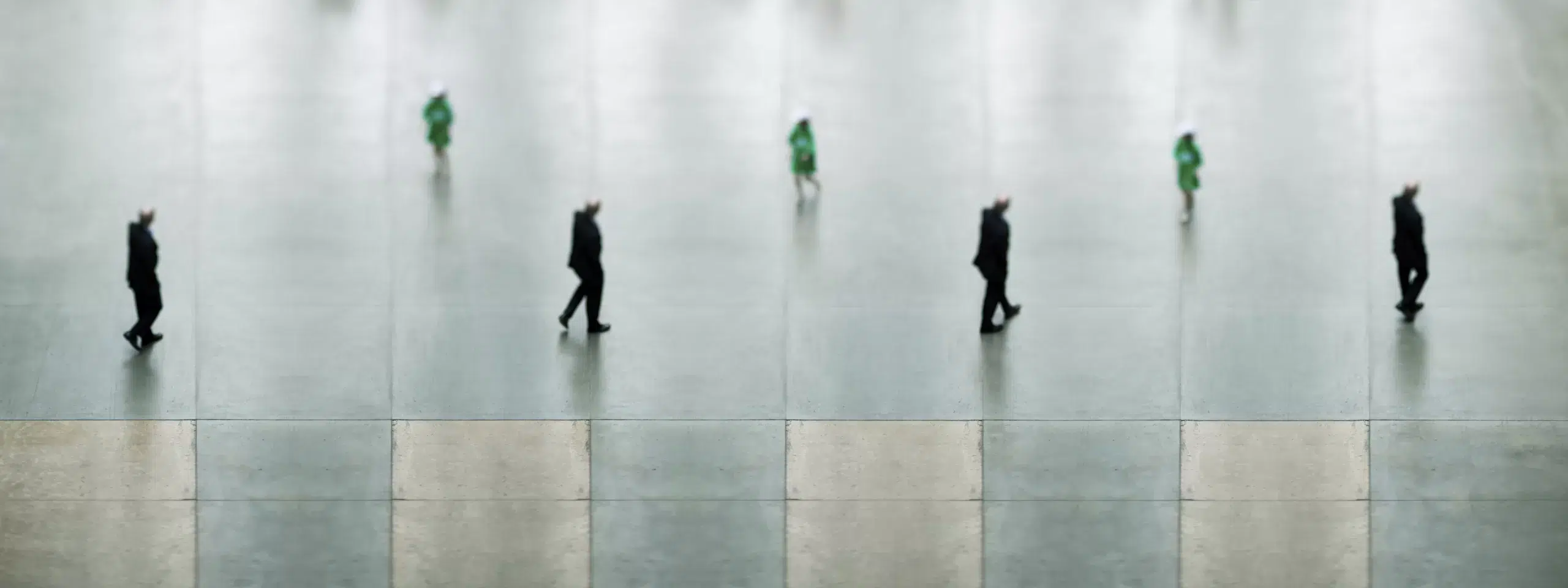
At the heart of this work lies an investigation into how visitors respond to the scale and atmosphere of a monumental space like the turbine hall. The vast, industrial setting, stripped of overt decoration, fosters a kind of reverence, almost like entering a secular cathedral. This solemnity influences the body language of those within it, drawing out behaviours that are simultaneously introspective and performative. The project captures these quiet dynamics, exploring how contemporary art spaces provoke unique emotional and physical responses.
The use of a tilt-and-shift lens is particularly compelling in this context. By selectively blurring parts of the frame, the photographs draw attention away from individual identity and toward universal gestures and movements. Faces are softened, almost anonymised, but this abstraction sharpens the focus on posture and gait—expressions of mood that are both deeply personal and shaped by the environment. The deliberate visual distortion mimics the way memory captures such spaces: not in perfect clarity, but as impressions that blend people, place, and mood into a singular experience.
Through digital composite techniques, the series extends the concept of motion into a still medium. By layering multiple exposures, it creates a sense of temporal fluidity, as if time within the turbine hall stretches and folds. This effect amplifies the idea of interaction—between visitors and the space, between individuals and their reflections, and between the fleeting and the permanent. The repetitive patterns of figures walking, pausing, or gazing imbue the images with a quiet rhythm, reinforcing the meditative quality of the setting.
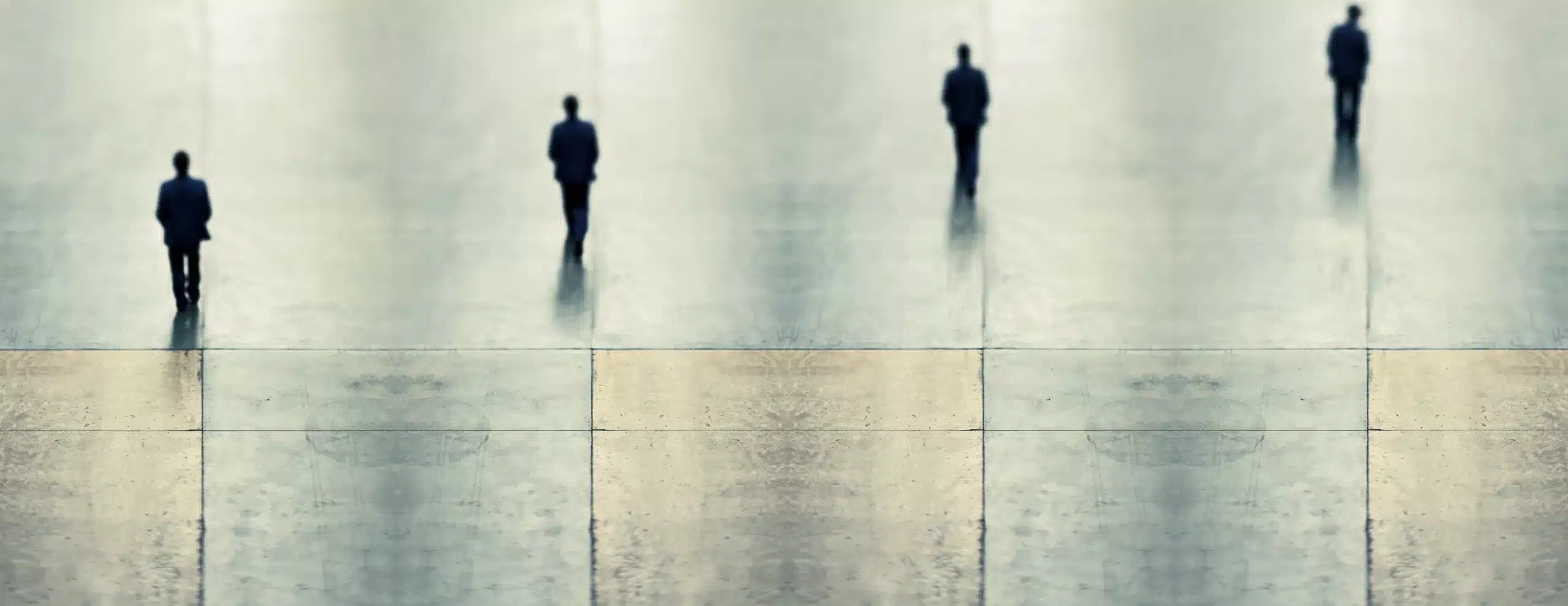
The narrative unfolds with an acute awareness of how space shapes human behaviour. In the photographs, the turbine hall’s polished concrete floor reflects soft, muted hues, creating a painterly effect that enhances the contemplative atmosphere. The vastness of the space isolates the figures, yet it also connects them, as if they are drawn into a collective ritual of movement and stillness. This duality reflects the tension inherent in contemporary art spaces—they invite introspection while fostering a shared experience.
This series reframes the act of visiting a gallery, shifting the focus from the artwork to the visitors themselves. It asks profound questions: How does the solemnity of these spaces shape our mood? Do they inspire awe, self-awareness, or even vulnerability? By focusing on body language, the photographs reveal subtle shifts in posture that hint at a heightened state of consciousness, a quiet negotiation with the space and its meaning.
What elevates this work into the realm of fine art photography is its ability to transcend documentation. The images are not mere records of people in a gallery—they are orchestrated meditations on the relationship between space, movement, and emotion. They invite viewers to linger, to reflect on their own experiences in similar spaces, and to consider how architecture and art shape not only how we move, but how we feel.
This project is a profound exploration of human interaction with contemporary art spaces, offering both a visual and conceptual narrative that resonates deeply. It captures the ephemeral beauty of human motion, the quiet power of monumental architecture, and the subtle ways in which space becomes a mirror for our inner lives.




